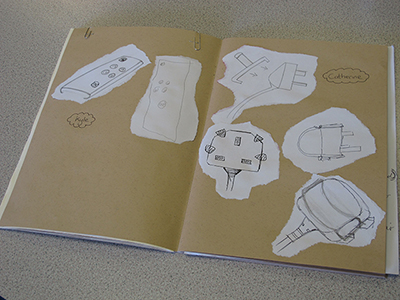DIY Assistive Technology

Assistive Technology (AT) has been defined as "any device or system that allows an individual to perform a task that they would otherwise be unable to do, or increases the ease and safety with which the task can be performed". Many people with disabilities rely on a wide variety of AT for help and support when undertaking activities of daily living. Such AT can range from simple aids such as specialist cutlery for people with weak grip or a limited range of motion, to more complex and expensive devices like electronic wheelchairs and augmentative and alternative communication (AAC) systems. Despite the demand for, and potential utility of, AT for people with disabilities, its design and provision can be problematic. The generic designs that are characteristic of commercially produced AT, in many cases, fail to meet the specific, complex and often-changing needs of individuals. Furthermore, the procurement of AT is often an expensive and lengthy process, which fails to take full account of the needs of individuals with disabilities due to a lack of user and caregiver involvement.
This project explores whether tools and services that support the design and development of simple DIY Assistive Technology (DIY-AT) by non-professionals – including people with disabilities and their families, friends and other caregivers – can help to address these challenges.
Publications
Hook, J., Verbaan, S., Durrant, A., Olivier, P. & Wright, P. A Study of the Challenges Related to DIY Assistive Technology in the Context of Children with Disabilities. In Proc. of DIS '14, ACM, 597-606. Download
Hook, J., Verbaan, S., Wright, P. & Olivier, P. Exploring the Design of Technologies and Services that Support Do-It-Yourself Assistive Technology Practice. In Proc. of DE '13. Download